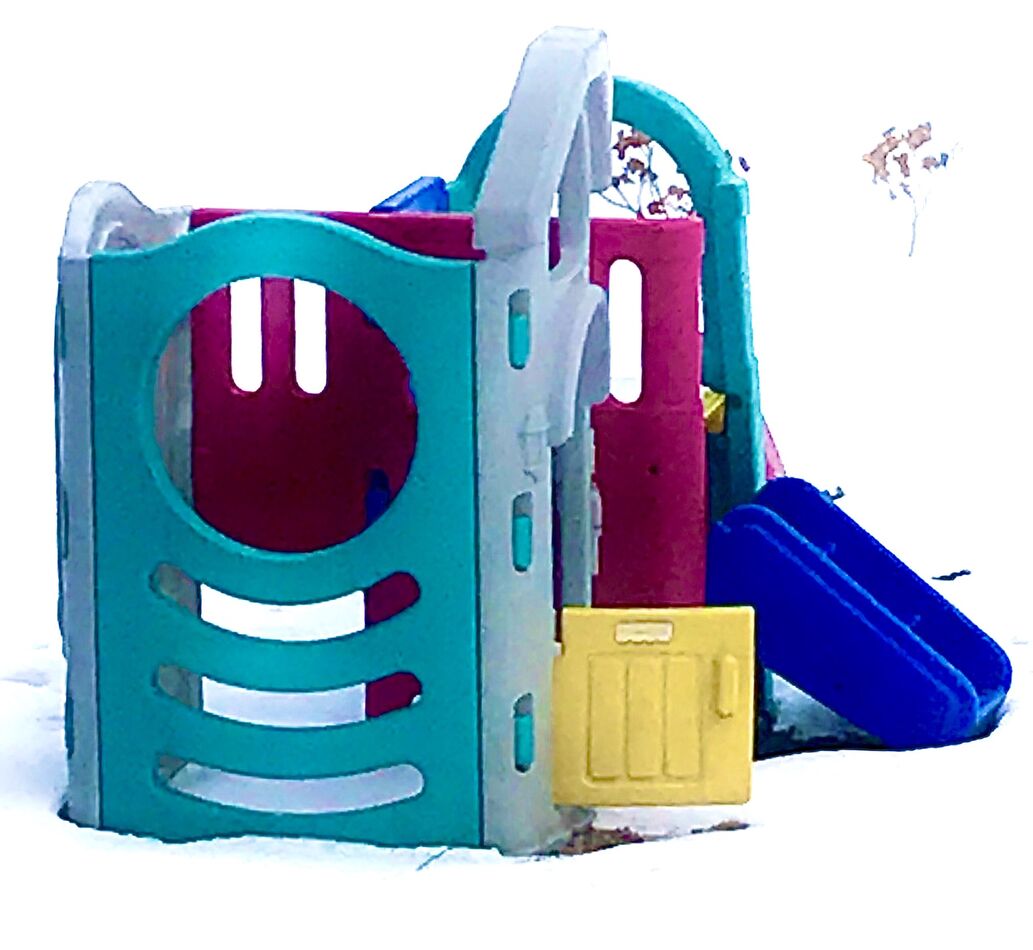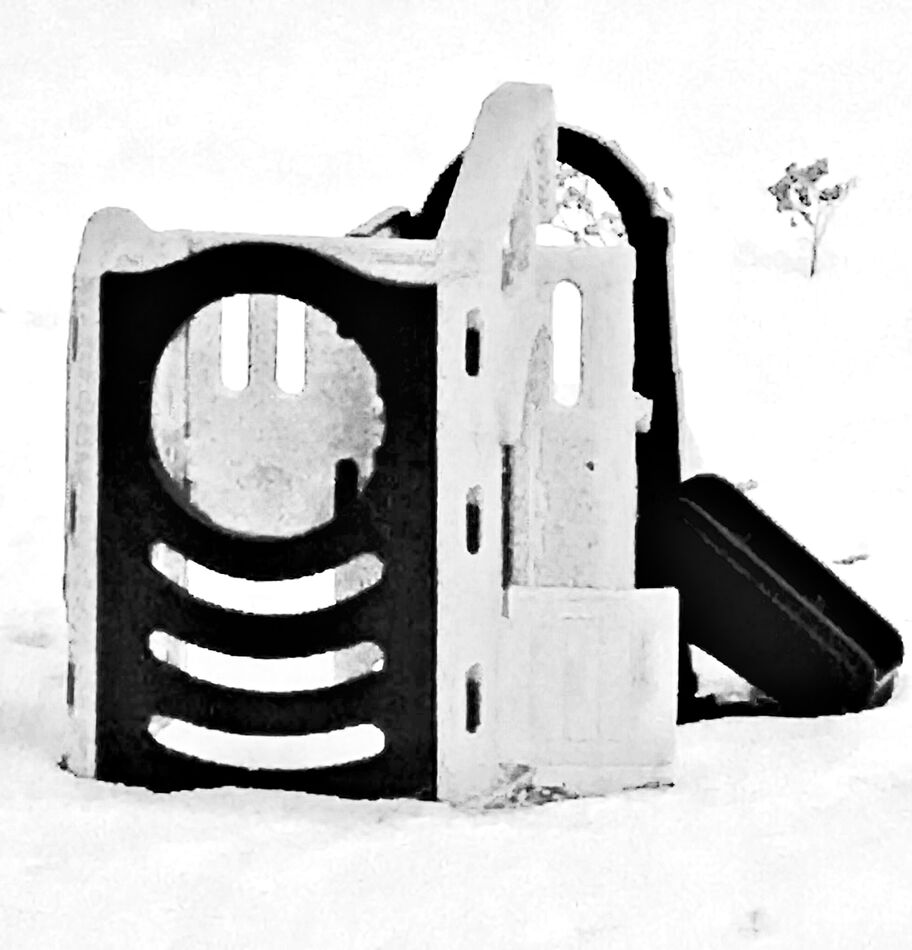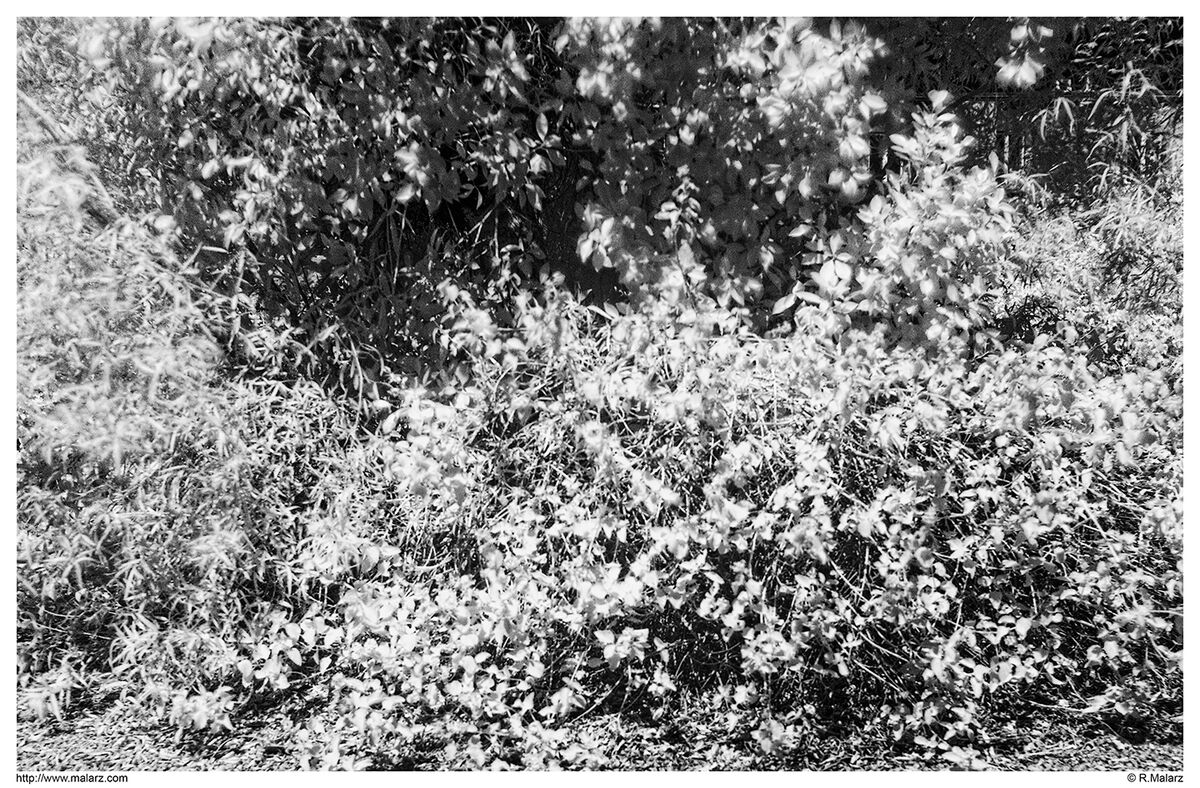IR 950
Oct 2, 2022 10:12:49 #
I have a ZYKKOR IR950 and I like to know if this is a good filter and how may stops does it have? Any information I appreciate
Oct 2, 2022 10:46:54 #
Put it on your camera and see what the meter indicates. Then, give a couple of stops under, which is most likely the way to go, and a couple over. Don't forget to compensate for the fact that IR focuses differently than visible light.
--Bob
--Bob
uhaas2009 wrote:
I have a ZYKKOR IR950 and I like to know if this is a good filter and how may stops does it have? Any information I appreciate
Oct 2, 2022 10:56:20 #
rmalarz wrote:
Put it on your camera and see what the meter indicates. Then, give a couple of stops under, which is most likely the way to go, and a couple over. Don't forget to compensate for the fact that IR focuses differently than visible light.
--Bob
--Bob
Experiment


Oct 2, 2022 11:08:02 #
uhaas2009 wrote:
I have a ZYKKOR IR950 and I like to know if this is a good filter and how may stops does it have? Any information I appreciate
Good Lord. Are you talking about Infrared of 950nm? Yikes, that is nearly all heat energy at 950nm. Are you trying to use it on a normal digital camera or a IR Convertered one. You will likely get extremely long exposures and have a nearly impossible time focusing unless you are using a Mirrorless camera or some other non-DSLR camera. Yes, and the focus is shifted. Older vintage film lenses usually had a red IR mark on them.
Oct 2, 2022 13:39:28 #
rmalarz wrote:
Put it on your camera and see what the meter indicates. Then, give a couple of stops under, which is most likely the way to go, and a couple over. Don't forget to compensate for the fact that IR focuses differently than visible light.
--Bob
--Bob
Doubtful any meter can read thru a 950. Just use trial and error.
Maybe someone knows the approximate speed ratio between Kodak HIE film and a converted sensor ? If so, it may be useful to know that my sunny day exposures for HIE were around 1/60@f/16 for 950nm (same for Wratten 87).
Oct 2, 2022 16:43:05 #
Not only can the camera 'see' through an IR filter, but it can also adjust the autofocus, as well. My first test was to see if the camera, a Nikon D800e, could even see through the filter. I manually focused the scene without the filter. Placed the filter on the lens, Nikkor 20mm f/2.8, depressed the shutter release 1/2 way and the focus indicator showed I needed to adjust the focus. I turned on AF and the camera adjusted the focus and the in-focus indicator showed that to be the case. The metering was a tad off. So, I took several exposures, each a bit longer than indicated by the meter. The length of the exposure caused the leaves moved by the wind to appear a bit motion-blurred. However, the small branches appear to be nicely focused.
The conclusion is that the camera can "see" through the IR filter and provide a good starting point to adjust the exposure to suit. However, your milage may vary.
--Bob
The conclusion is that the camera can "see" through the IR filter and provide a good starting point to adjust the exposure to suit. However, your milage may vary.
--Bob
User ID wrote:
Doubtful any meter can read thru a 950. Just use trial and error.
Maybe someone knows the approximate speed ratio between Kodak HIE film and a converted sensor ? If so, it may be useful to know that my sunny day exposures for HIE were around 1/60@f/16 for 950nm (same for Wratten 87).
Maybe someone knows the approximate speed ratio between Kodak HIE film and a converted sensor ? If so, it may be useful to know that my sunny day exposures for HIE were around 1/60@f/16 for 950nm (same for Wratten 87).
Oct 2, 2022 16:55:41 #
rmalarz wrote:
Not only can the camera 'see' through an IR filter... (show quote)
You mention only some generic IR filter.
Thaz just meaningless words ... though properly appended with a YMMV.
When I see a camera actually meter (or focus) successfully thru a 950nm, or a #87, then and only then will I believe it.
So far I have tested those filters only a full spectrum OMD EM10. No go, and so immediately returned it. Really sad cuz only costing a few hundred $$ it would have been a tidy little IR bargain :-(
FWIW, to use those filters with film, I used scale focusing and an outboard (shoe mounted) viewfinder.
Oct 2, 2022 17:09:18 #
I wouldn't have bothered doing the work if I didn't have a 950 IR filter.
--Bob
--Bob
User ID wrote:
You mention only some generic IR filter.
Thaz just meaningless words.
When I see a camera actually meter (or focus) successfully thru a 950nm, or a #87, then and only then will I believe it.
So far I have tested those filters only a full spectrum OMD EM10. No go, and so immediately returned it. Really sad cuz only costing a few hundred $$ it would have been a tidy little IR bargain :-(
Thaz just meaningless words.
When I see a camera actually meter (or focus) successfully thru a 950nm, or a #87, then and only then will I believe it.
So far I have tested those filters only a full spectrum OMD EM10. No go, and so immediately returned it. Really sad cuz only costing a few hundred $$ it would have been a tidy little IR bargain :-(
Oct 2, 2022 17:20:25 #
rmalarz wrote:
I wouldn't have bothered doing the work if I didn't have a 950 IR filter.
--Bob
--Bob
Thank you for specifying. As mentioned, the EM10 was hopeless. Is the "e" version IR ready as shipped or does it need to be modded ?
(AFAIK "e" is just minus the AA filter but Ive never really paid close attention to the 800 series.)
Oct 2, 2022 17:41:26 #
You are correct. The e version lacks the AA screen. Mine has not been physically modified in any way. It seems to be able to see IR enough to focus, as well as expose but the exposure isn't as accurate as one might like. It's a matter of knowing the amount of adjustment needed to get a usable exposure. That is ascertained by experimental procedures.
--Bob
--Bob
User ID wrote:
Thank you for specifying. As mentioned, the EM10 was hopeless. Is the "e" version IR ready as shipped or does it need to be modded ?
(AFAIK "e" is just minus the AA filter but Ive never really paid close attention to the 800 series.)
(AFAIK "e" is just minus the AA filter but Ive never really paid close attention to the 800 series.)
Oct 2, 2022 18:42:18 #
User ID wrote:
You mention only some generic IR filter. br Thaz ... (show quote)
A full spectrum modified camera can use a 950nm filter. I have only bought up to 850nm on my modified full spectrum cameras and they worked great with the 850nm. But you can find sample pictures on the internet of using a 950nm filter, and I suspect that it will be no different.
One comment on filters like this. I find that even with the 850nm filter, I find the B&W result a bit harsh for my tastes. I much prefer B&W using a 590nm or 650nm filter as it lets in more visible light and the B&W images have better gray tones. Thus, I suspect that I would like the 950nm less than what I think of the 850nm filter.
Oct 2, 2022 22:22:59 #
JimH123 wrote:
A full spectrum modified camera can use a 950nm fi... (show quote)
My filters are left over from using HIE film, not acquired with digital in mind.
Im not really fond of the full spectrum stuff Ive seen. Acoarst I never liked IR Ektachrome either. Trying these left over filters with the converted EM10 was part of deciding whether to keep or sell the filters. I might have 3 or 4 but not sure where the rest are hiding. IIRC the rest were less extreme.
FWIW heres proof that an iPhone 7 can see thru a 950 on a sunny winters day.

(Download)
Without Filter

(Download)
Evidence that IR filters are red, not black.

(Download)
Oct 2, 2022 23:42:18 #
User ID wrote:
My filters are left over from using HIE film, not acquired with digital in mind.
Makes no difference whether a filter was acquired for film or for digital. Many of my filters were purchased in the 60's and they work exactly like the ones acquired more recently.
Not sure what you mean by not fond of full spectrum stuff? One has to pick the filter they want to use with a full spectrum camera and then the camera responds the same as a camera that has a built-in filter of the same type, whether it is 590nm, or 650nm, or 720nm, or 850nm, or even 950nm. But the key is that it gives you the choice.
By the way, these filters allow all longer wavelengths to pass through them. So, you could use a modified camera with a 590nm filter, and then add a screw on 720nm filter, the camera now sees only 720nm and longer. But you can't do this the other direction.
And there are two ways people go about using IR:
1) Pseudo colors -- interesting to play with, but not something I really want to see all the time.
2) B&W -- the different filters produce great B&W's and depending on which filter used, the nature of the B&W changes considerably. It is here that I enjoy it more.
Oct 3, 2022 05:49:28 #
I agree with JimH123. I have had IR cameras for more than 10y. The super dark 850 and 950 are just that super-dark; 720 nm give a good foundation for b/w. If not white corrected the red/blue image is prime for a flip with a Flamingpear free archived plugin. I enjoy most the 520/590 nm filter that spices with a bit of visible spectra.
http://www.flamingpear.com/
My favorite DIY conversion is my Panasonic TZ-20 [TZ series] camera.. total conversion time about an hour, only 11 screws, no replacement for the Hot Mirror is needed. Epoxy on a 37mm filter with the glass removed and then you can screw on an IR filter of your nm choice. This is a low cost used pocket camera. IR is a sometimes used specialty genre tool resting in the cabinet til the mood hits you.
https://www.youtube.com/watch?v=frtQxryDTo8
If uhaas2009 has the IR filter but no IR converted camera then a regular camera, tripod and lots of patience is needed; long exposure! Explained in the field:
https://www.youtube.com/watch?v=zMP3C3y8o_E
http://www.flamingpear.com/
My favorite DIY conversion is my Panasonic TZ-20 [TZ series] camera.. total conversion time about an hour, only 11 screws, no replacement for the Hot Mirror is needed. Epoxy on a 37mm filter with the glass removed and then you can screw on an IR filter of your nm choice. This is a low cost used pocket camera. IR is a sometimes used specialty genre tool resting in the cabinet til the mood hits you.
https://www.youtube.com/watch?v=frtQxryDTo8
If uhaas2009 has the IR filter but no IR converted camera then a regular camera, tripod and lots of patience is needed; long exposure! Explained in the field:
https://www.youtube.com/watch?v=zMP3C3y8o_E
Oct 3, 2022 13:02:59 #
rmalarz wrote:
Not only can the camera 'see' through an IR filter... (show quote)
I’m assuming you used Live View?
If you want to reply, then register here. Registration is free and your account is created instantly, so you can post right away.






